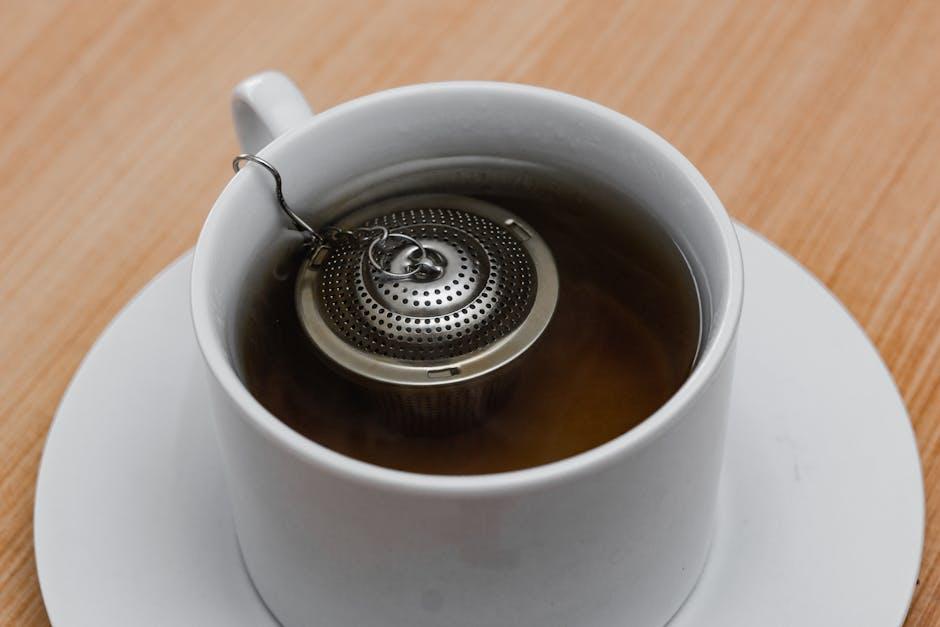There’s something universally comforting about a perfectly brewed cup of tea-a simple ritual that transforms ordinary moments into pauses of calm and clarity. Yet, beneath its seemingly effortless charm lies a delicate balance of timing, temperature, and technique that can elevate or diminish the experience. Whether you’re a novice steeping your first bag or an aficionado seeking to refine your method, understanding the subtle art of making the perfect cup can turn tea time into a sensory celebration. In this article, we explore the essential steps and secrets to help you master that flawless brew every time.
Selecting the Finest Tea Leaves for Optimal Flavor
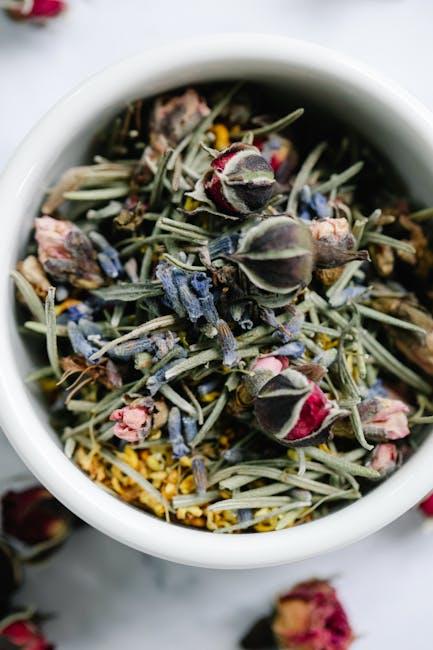
Choosing the right tea leaves is an art form that greatly influences your brew’s richness and character. For an authentic taste, always opt for whole, unbroken leaves, as they retain essential oils and natural flavors better than crushed or powdered alternatives. When examining tea leaves, look for vibrant coloration and a fresh aroma, which indicate quality and freshness. Additionally, consider the origin – teas grown in specific regions, like the misty hillsides of Darjeeling or the high-altitude gardens of Taiwan, offer unique profiles that enhance your experience.
- Leaf Size: Larger leaves usually yield a smoother taste, while smaller leaves can create a brisker cup.
- Appearance: Glossy, intact leaves signify careful processing and better preservation.
- Aroma: Fragrant notes ranging from floral to earthy hint at the tea’s flavor complexity.
| Type of Tea | Leaf Quality Indicator | Flavor Note |
|---|---|---|
| Green Tea | Bright green, intact leaves | Fresh, grassy |
| Black Tea | Uniform dark leaves with a slight sheen | Robust, malty |
| Oolong Tea | Twisted, rolled leaves | Floral, fruity |
Mastering Water Temperature and Steeping Times
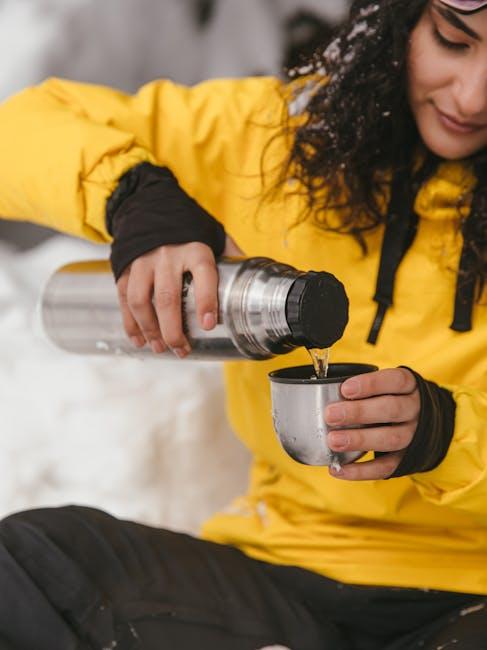
Achieving the ideal balance of temperature and steeping time is crucial for extracting the full spectrum of flavors from your tea leaves. Different varieties demand specific conditions to unlock their true essence. For example, delicate greens flourish at lower temperatures around 160-180°F (70-80°C), avoiding bitterness that hot water can bring, while robust black teas develop their rich profile at near-boiling temperatures of 200-212°F (93-100°C). Paying close attention to these subtle differences transforms your brewing from a routine into an art form.
- Green tea: 160-180°F for 2-3 minutes
- Black tea: 200-212°F for 3-5 minutes
- Oolong tea: 185-205°F for 4-7 minutes
- White tea: 160-185°F for 4-5 minutes
| Tea Type | Ideal Temp (°F) | Steeping Time |
|---|---|---|
| Green | 160-180 | 2-3 mins |
| Black | 200-212 | 3-5 mins |
| Oolong | 185-205 | 4-7 mins |
| White | 160-185 | 4-5 mins |
Oversteeping or using water that is too hot can quickly turn a cup from delightful to unpleasant, releasing bitterness or astringency. Conversely, under-steeping or cooling water results in a flat, underwhelming brew that lacks character. To master the craft, experiment with your own palate-start with the guidelines above but refine based on your taste preferences. Investing in a good thermometer or precise kettle can help maintain consistency, making every cup a perfect reflection of your tea’s potential.
Enhancing Your Brew with Additions and Serving Tips
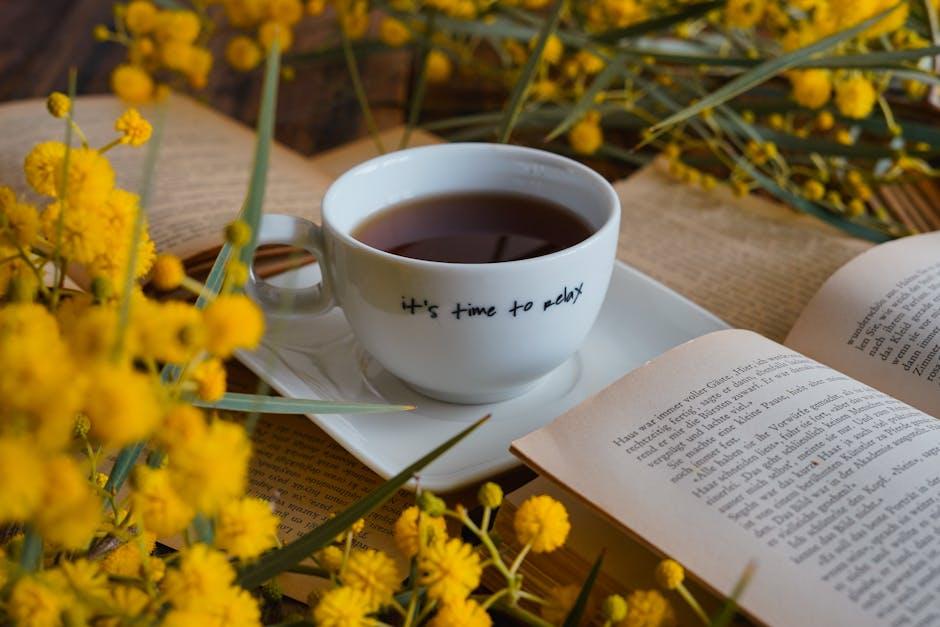
Elevate your tea experience by exploring a variety of delightful additions that can transform a simple cup into a personalized masterpiece. Consider adding a hint of fresh herbs like mint or basil for a refreshing twist, or introduce a splash of natural sweetness with honey, maple syrup, or even a slice of ripe plum. For those who enjoy a touch of zest, a few drops of lemon or a sprinkle of cinnamon can awaken the flavor profile, creating a sensory journey with every sip. Don’t forget the timeless classics such as milk or cream, which can soften strong brews and bring warmth to your cup.
When it comes to serving, the ritual enhances the enjoyment. Use delicate porcelain cups to retain heat while adding an elegant feel, or choose clear glass to showcase the rich hues of your infusion. To help you craft the perfect composition, here’s a quick reference table for popular tea additions and their ideal pairings:
| Addition | Best Paired With | Effect on Flavor |
|---|---|---|
| Mint | Green and White Tea | Refreshing, cooling |
| Honey | Black and Herbal Tea | Sweet, smooth |
| Milk | Strong Black Tea | Rich, creamy |
| Cinnamon | Chai and Spiced Tea | Warm, aromatic |
| Lemon | Green and Black Tea | Bright, tangy |
Troubleshooting Common Tea Brewing Mistakes
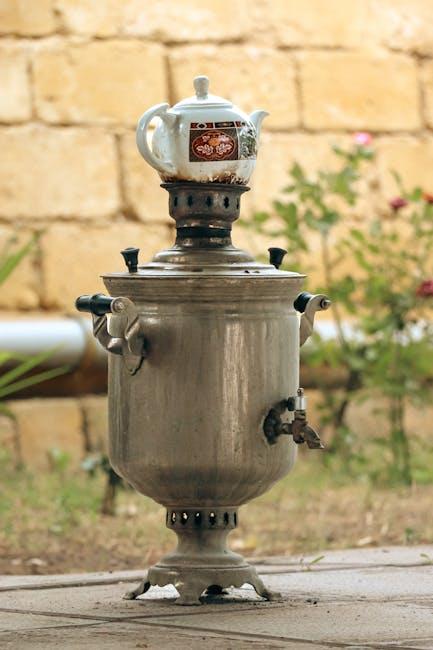
Many tea lovers unknowingly sabotage their brews by making a few easy-to-avoid missteps. Oversteeping is one of the most common culprits, turning a fragrant cup into a bitter, astringent mess. Measuring your tea leaves carefully is just as vital-too many leaves can overpower the water, while too few leave the drink weak and flat. Remember, water temperature plays a starring role: boiling water is perfect for black tea but can scorch delicate green and white teas, resulting in a burnt flavor.
To help you dodge these pitfalls, here’s a simple guide to get your brew just right:
- Water Temperature: Aim for 208°F for black tea, 175°F for green, and 140°F for white teas.
- Steeping Times: Generally, 3-5 minutes for black, 2-3 minutes for green, and 1-2 minutes for white.
- Leaf Quantity: Use roughly 1 teaspoon of loose leaf per 8 oz cup.
| Tea Type | Water Temp (°F) | Steeping Time (min) |
|---|---|---|
| Black | 208 | 3-5 |
| Green | 175 | 2-3 |
| White | 140 | 1-2 |
By fine-tuning these parameters, you minimize the risk of an unwelcome bitterness or weak, flavorless cups. Trust these guidelines and experiment gently-you’ll quickly discover how small adjustments elevate your daily tea ritual.
Final Thoughts
Brewing the perfect cup of tea is both an art and a gentle ritual-a pause in the rush of daily life that invites mindfulness and simple pleasure. Whether you prefer a brisk black tea, a soothing green, or an herbal infusion, the steps remain a dance of timing, temperature, and personal touch. Armed with these insights, you’re now ready to transform humble leaves into a comforting companion for any moment. So take a deep breath, pour yourself that carefully crafted cup, and savor the quiet joy that only the perfect brew can bring.
